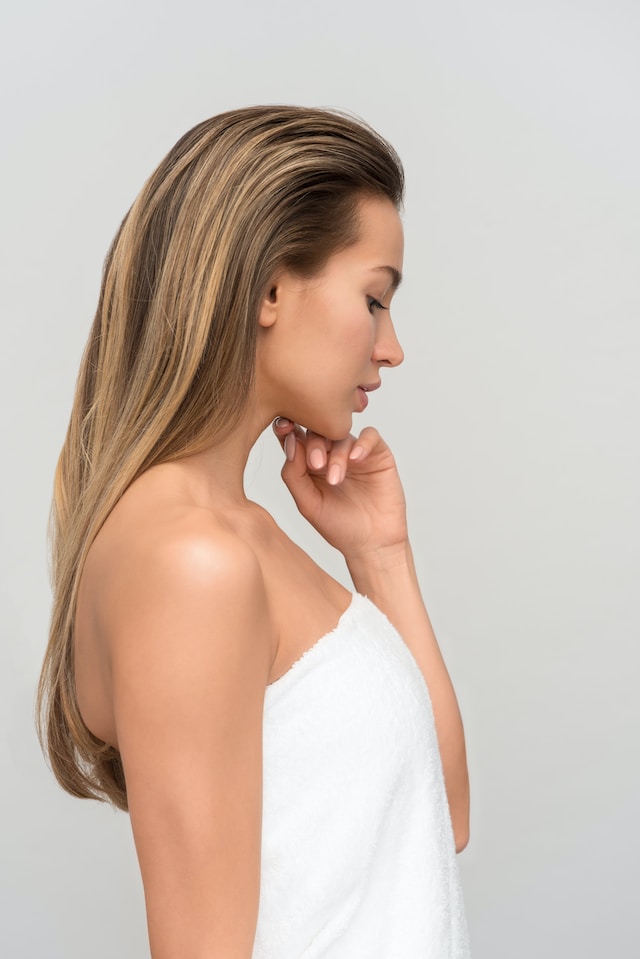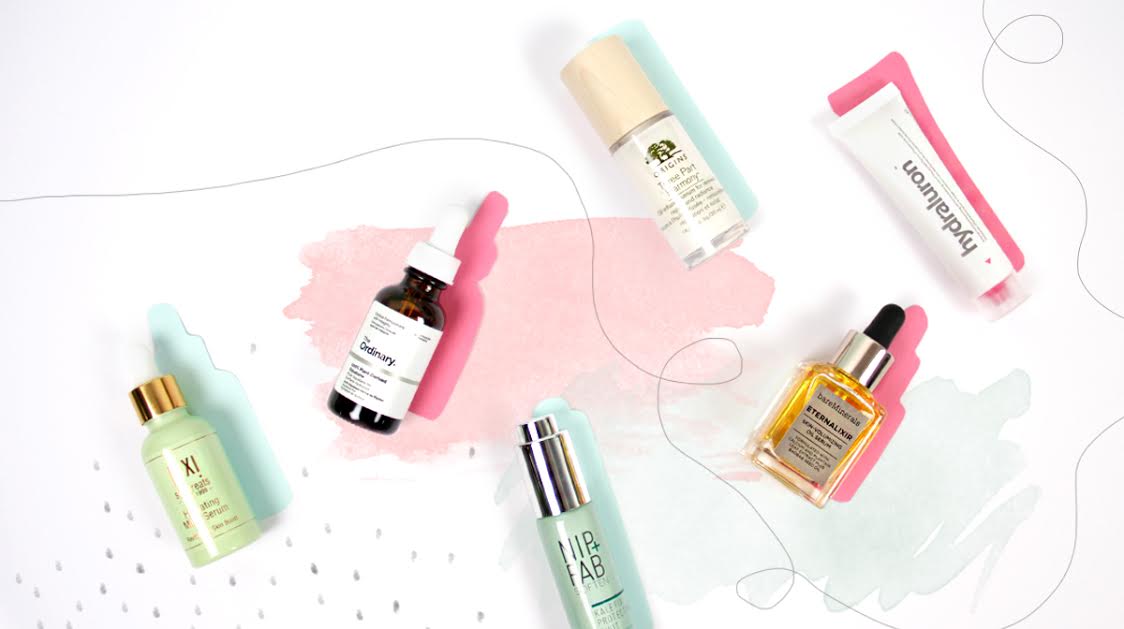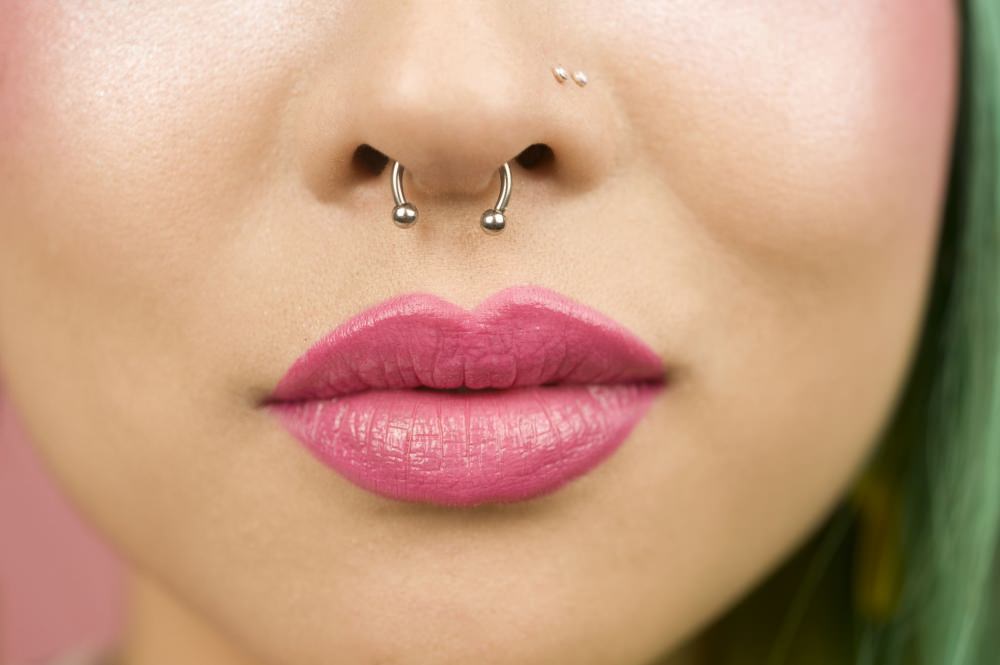Summer season is the perfect time for going out; spend time at sandy beaches, playing water games for hours. It sounds all so exciting but the aftermath can be disastrous and painful. Spending time in open sun can leave your skin burnt and tanned. Sunburns can be of any degree from mild irritation to the swollen red skin and fever. Although you stay away from the sun by staying indoors until the sunburn heals, but it is not possible for everyone. So taking precautions is very important. Repeated sunburns can do long term damage to the skin and accelerates the ageing process and results in wrinkles and kinds of skin problems.
What is sunburn?
When your skin gets exposed to sun for long hours and your body natural defence cannot protect it; sunburn appears. The solution of sunburn is that the skin has to regenerate and speed up the healing process. UVA and UVB rays of sun can damage your skin without any visible signs. Degree of sun burn depends on skin type, time length of sun exposure and sun intensity. Sun rays can penetrate under your skin and damage your DNA and affect the process of new skin formation and results in early ageing, wrinkles and develop the condition of skin cancer.
Treatments for sunburn
No matter how much protection we do; we always get sunburn and sun tan to some extent. Fortunately cure of sunburn is not that difficult and most of the remedies are available in our kitchen and garden. First of all when sunburn appears cool your skin by taking a dip in very cold water; you can add camomile tea also in your bath water. It will reduce the swelling and soothe the irritation. Some other remedies can also be used if sunburn is getting more painful such as…
- Aloe Vera and Apple cider vinegar is one of the effective remedy for sunburns. It reduces the effect of sun radiation and gives relief from irritation. Put apple cider vinegar in your bath water and soak yourself in it.
- Calamine lotion can also be helpful to some extent. Although if skin is damage badly, it is recommended not to use any kind of oily substance. It will do more damage than good and can lead to infection.
- Putting cold and damp cloth over the affected area can also soothe the skin. Do not put ice cubes on your skin directly, but you can add them in your bath water.
- Buttermilk, cucumber juice and raw potato juice is very effective home remedy for mild sunburn and sun tan. Apply them on your face, especially around your eyes.
- Avoid eating excessive dairy and fatty products and take more amino acid supplements to increase the production of melanin in your body, which is a natural sun protection of body defense system.
- Protection before going out in the sun is much more important. Always apply sun lotion with SPF 15 or more to exposed skin. Use umbrella, hats and sunglasses to protect your skin and eyes. Scarves can be used to cover exposed areas of your body from the sun. Avoid exposing your skin to direct sun for long hours. Drink enough fluids whenever exposed to the sun.
- Eat sun protecting food which is easily available in summer like coconut, watermelon which has high water content and keep you hydrate.
- Keep in mind that all sunburns are not treatable at home. If your skin gets discolored, irritation persists or you have symptoms like nausea and fever consult a professional.
- Add a few stack tablespoons of baking soda in cool bath water. Keep your soaking time for 20 minutes. This is a good sunburn soothing remedy.
- Cucumbers are having analgesic and antioxidant properties so you can make use of the chill cucumbers by mashing in a blender to create paste. Apply on the affected areas including the face.
Symptoms
The initial signs of sunburns are:
- Erythema or redness of skin
- Warm skin or too hot to touch
- Discomfort when skin is touched or rubbed against clothes
- Skin peeling or flaking
- Skin wrinkling or extreme dryness
These signs are not initially seen within hours of exposure and also pain a lot during the first 24 hours. Sunburns are also divided into three degrees just like normal burns: first, second and third. First and second degree sunburns are only temporary and can be easily cured at home. But in third degree sunburns infection-prone skin breakouts, fever, and chills can happen and medical treatment will be needed.
How to protect your skin
The benefit which occurs by exposure to sun exceeds its risks due to which total avoidance of the sun is really unnecessary and also a very foolish decision. To receive the benefits from exposure to sun without being burned follow these safety measures:
- Wear a wide-brimmed hat or a cap for protecting your face and eyes. Due to the skin being thin in these areas compared to the other areas of your body it is prone to cosmetic photo damage and premature wrinkling.
- Naturally moisturize your skin. On the areas of your skin which are exposed apply organic coconut oil before sunbathing. This not only prevents your skin from drying by moisturizing it but also provides metabolic advantages.
- Initially limit your exposure then increase it with passage of time. Limit your exposure within a few minutes if you are a fair light – skinned individual, do this definitely if it’s the middle of the summer. The span of time you can spend under the sun depends on how much tanned your skin can be or you want it to be.
A dark skinned individual can easily spend 30 minutes under the exposure of sun if it is early or late in the season. You may not have to think about the time limit also in case you are pigmented and your ancestors belong to Africa, India, or the Middle East.
- Using advantageous antioxidants make an internal sunscreen. Astaxanthin, if taken daily as a supplement, can protect against the damage caused by sun. Topically also it can be used as many topical sunscreen have it. Other antioxidants which can be helpful are proanthocyanidins, resveratrol, and Lycopene.
Avoidance of sunburn is majorly affected by the antioxidant amount received from your diet. More antioxidants will reduce the chances of sunburns. It is an internal sunscreen reduces the risks of being exposed to the sun. Vegetables and fruits which contain a lot of antioxidants are raspberries, blackberries, and blueberries. You can also try goji berries but by avoiding the juice. Do not consume many fruits as it will excess the fructose level in your body. Absorption of light and protection from overexposure of sun is regulated by your cells using vitamin A and C. This built-in protection is needed for those who are in light skinned as you may want to expose at least 40 percent of your day to the sun 20 minutes a day.
This document was composed with the free online HTML converter. Click here to give it a try.





